-
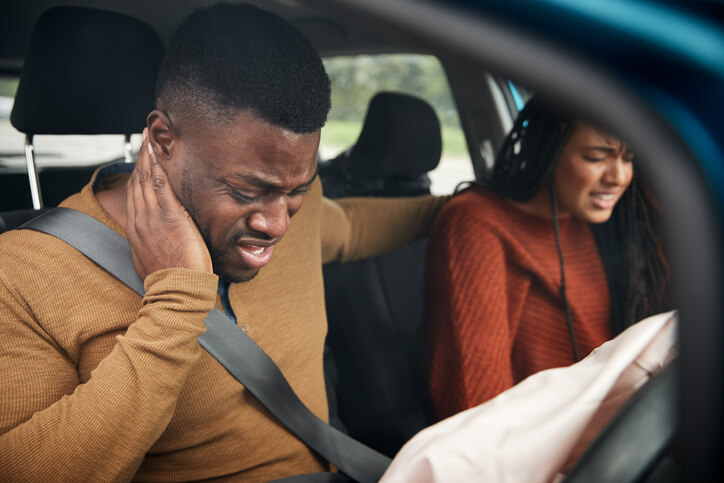 Passenger Rights in Kansas Crash Injuries: What You Need to KnowView Article
Passenger Rights in Kansas Crash Injuries: What You Need to KnowView ArticlePassengers can do very little to avoid being involved in a crash. In many cases, they’re injured because of the actions of another driver, or perhaps because of the actions of the driver of the vehicle in which the passenger is riding. Crashes causing passenger injuries aren’t always clear-cut. There is often a lot of confusion […]
-
 Common types of crash-related injuries that require surgeryView Article
Common types of crash-related injuries that require surgeryView ArticleCrash-related injuries range from minor to severe and sometimes won’t heal without surgery. Even if you manage to walk away from a crash without any immediate pain, you may later learn that you sustained an injury that requires surgery. Learning that you need surgery is often a frightening experience. In addition to a costly and […]
-
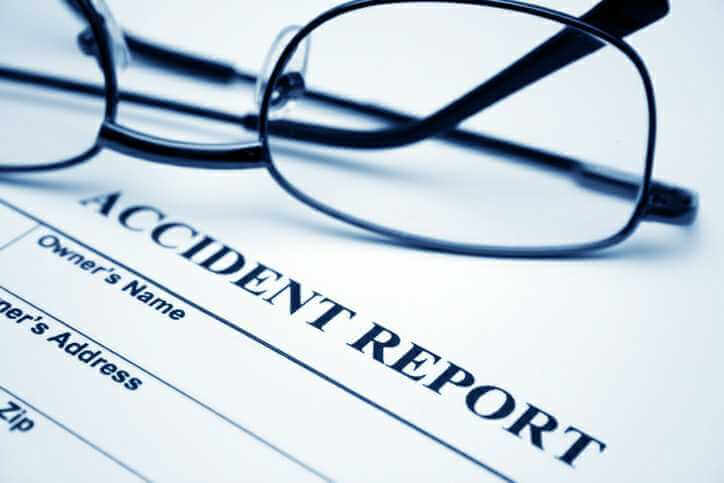 How to obtain and read a copy of your Kansas car accident reportView Article
How to obtain and read a copy of your Kansas car accident reportView ArticleWhen the police respond to a crash, they conduct a comprehensive investigation and document the details in a five-page car accident report. Your Kansas car accident report is a critical piece of evidence when pursuing a claim. It can provide non-biased details pertaining to how your crash occurred. Sometimes, the police make errors when filling […]
-
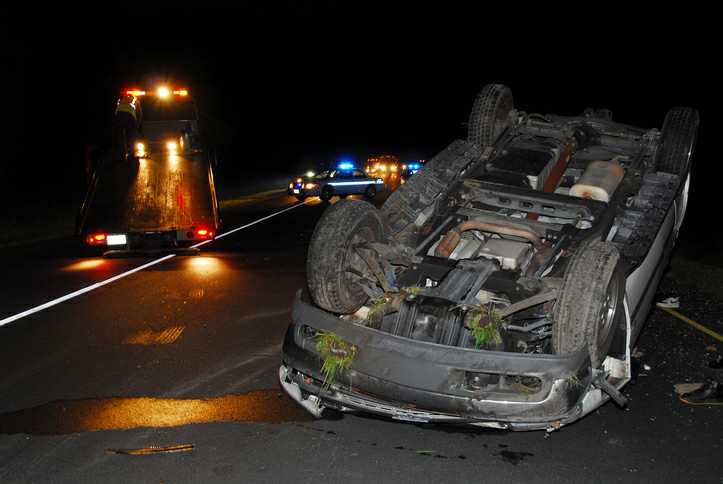 Rollover accidents remain a serious problem on Kansas roadsView Article
Rollover accidents remain a serious problem on Kansas roadsView ArticleOn a Thursday afternoon in Overland Park last month, the driver of a Dodge Charger sped down I-435 in the far left lane, then suddenly swerved across all lanes to get to the US-69 exit. The car hit a jersey barrier, then an SUV, which rolled over onto its side. The driver of the car was thrown […]
-
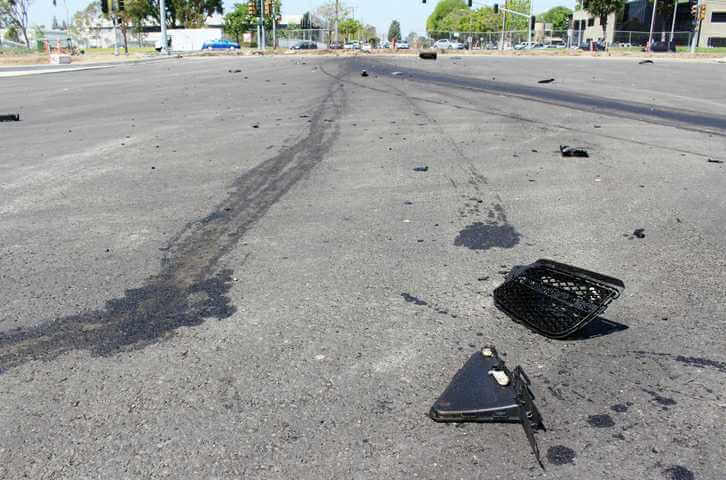 How can tire marks in the road determine who is at fault in a crash?View Article
How can tire marks in the road determine who is at fault in a crash?View ArticleWhen a crash occurs, there are many pieces of evidence left behind indicating how the crash occurred and who was at fault. When police respond to a crash, they often begin drafting an unbiased report of what happened. Tire marks in the road (or lack thereof) are often documented in police reports. Moreover, they often […]
-
 Kansas ranks 32 in speeding studyView Article
Kansas ranks 32 in speeding studyView ArticleSpeeding is one of the most common factors in serious and fatal crashes throughout Kansas. In fact, 94 out of 404 statewide traffic fatalities in 2018 were caused by speeding. According to an article in KNSS, a new report regarding states with the most speeders was released by car marketplace website CoPilot. How much of a problem […]
-
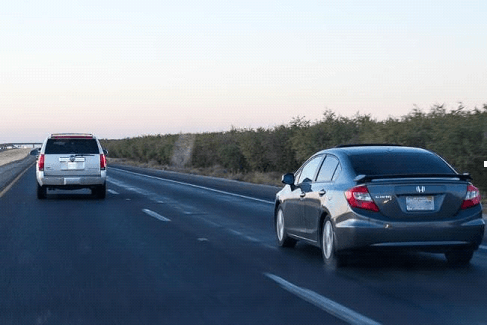 Driving Dangers Addressed as Kansas Eases COVID-19 RestrictionsView Article
Driving Dangers Addressed as Kansas Eases COVID-19 RestrictionsView ArticleCOVID-19 restrictions are beginning to loosen across Kansas. As the state reopens, restaurants will reopen and churches will provide services under strict social distancing guidelines. In addition, theaters, community centers and summer camps will also open. While this is good news, many people who haven’t driven much over the last few months may need time to […]
-
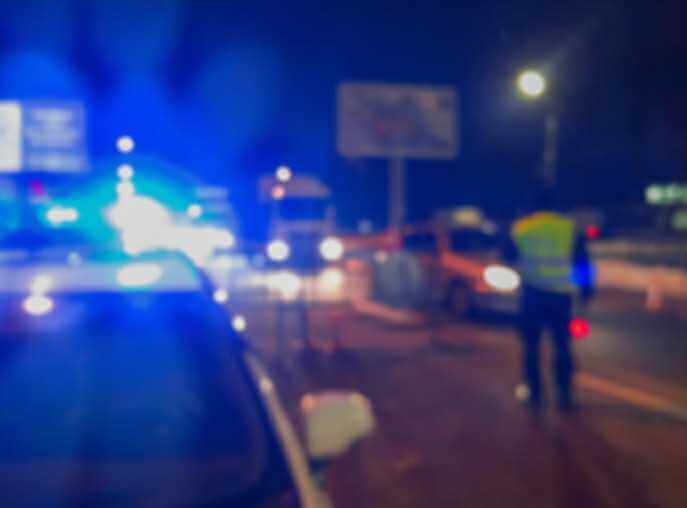 Police: Renowned Wichita DJ killed in a drunk driving accidentView Article
Police: Renowned Wichita DJ killed in a drunk driving accidentView ArticleRenowned Wichita radio DJ Don Hall died in a traffic collision, according to The Wichita Eagle. The car accident happened at the intersection of Kellogg Dr. and Rock Rd. Police believe that the crash may have been caused by a driver who was impaired by alcohol and/or drugs. The driver who caused the crash was reportedly […]
-
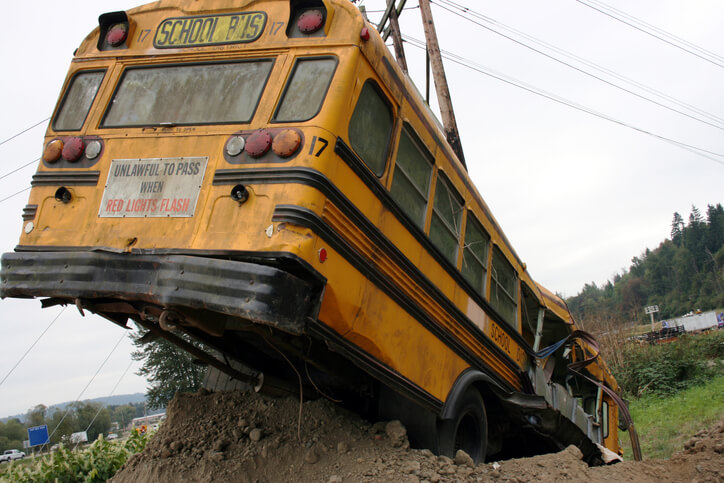 Should seat belts be mandatory for all new Kansas school buses?View Article
Should seat belts be mandatory for all new Kansas school buses?View ArticleSchool buses are the safest mode of transportation for school children, according to the National Highway Traffic Safety Administration. They are highly visible — with flashing lights and stop arms that alert drivers to stop. They also include closely-spaced seats with absorbable, cushioned seatbacks. Many states, including Kansas, don’t require seatbelts on school buses, however. While […]
-
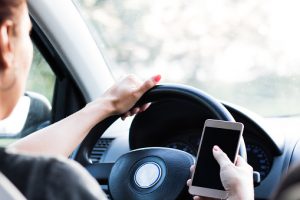 How Does Kansas Rank For Distracted Driving Accidents?View Article
How Does Kansas Rank For Distracted Driving Accidents?View ArticleHave you ever traveled on a major roadway in Kansas and seen another driver looking at a cellphone? Perhaps you witnessed a close call with a distracted driver. If you suspect that distracted driving is becoming more prevalent in Kansas, you may be right. A recent study conducted by financial website MoneyGeek identified a trend of distracted […]


